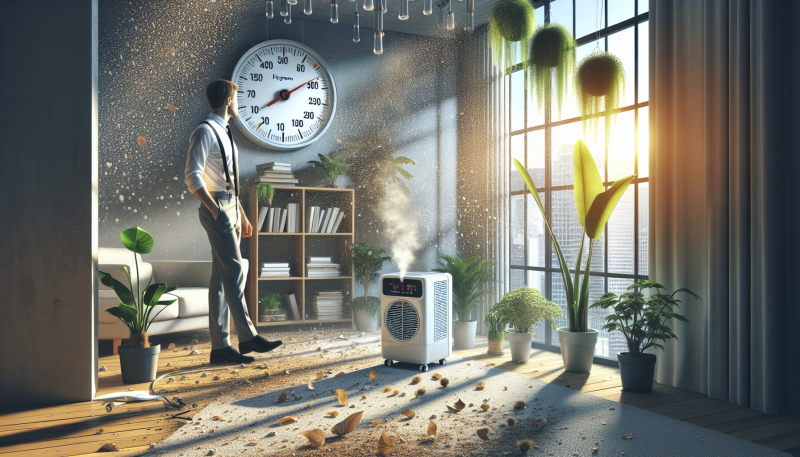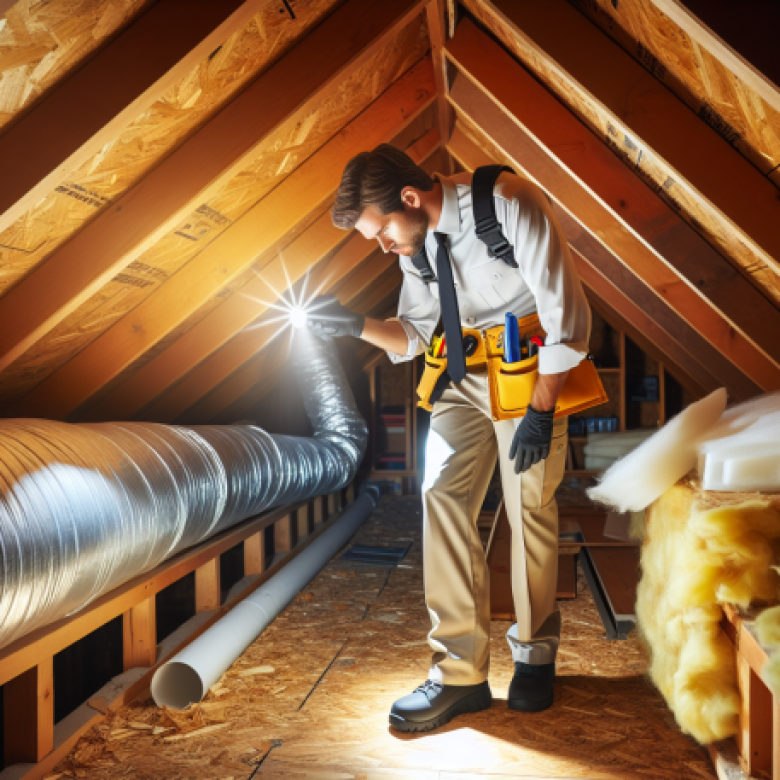When it comes to maintaining a healthy indoor environment, humidity plays a crucial role. Too much or too little can lead to a host of problems, from discomfort to serious health issues. In this article, we’ll dive deep into how humidity affects indoor air quality and what you can do to manage it effectively. Whether you’re dealing with water damage restoration or simply trying to keep your home comfortable, understanding humidity is key.
Understanding Humidity: What Is It?
Humidity refers to the amount of moisture in the air. It’s typically expressed as a percentage, known as relative humidity (RH). When the RH is high, the air feels damp and sticky; when it’s low, the air can feel dry and uncomfortable. But why should you care? Well, humidity can significantly impact your indoor air quality, which in turn affects your health and comfort.
High humidity levels can lead to mold growth, which is a common issue in many homes. Mold thrives in damp environments, and once it takes hold, it can be challenging to remove. This is where mold assessment and remediation services come into play. On the flip side, low humidity can cause respiratory issues, dry skin, and even static electricity. So, finding that sweet spot is essential for a healthy indoor environment.
The Effects of High Humidity on Indoor Air Quality
High humidity can create a breeding ground for various allergens and pathogens. When the air is saturated with moisture, it can lead to the growth of mold and mildew, which can trigger allergies and respiratory issues. If you’ve ever walked into a damp basement, you know that musty smell—it’s a sign of mold lurking around. This is why biohazard cleanup is crucial in areas prone to moisture.
Moreover, high humidity can also affect your home’s structure. Excess moisture can lead to wood rot, peeling paint, and even damage to your electrical systems. If you’re a property owner, whether it’s commercial property restoration or residential property restoration, understanding the risks of high humidity is vital. Regular monitoring and dehumidification can help mitigate these risks.
Low Humidity: The Other Side of the Coin
While high humidity can be problematic, low humidity presents its own set of challenges. When the air is too dry, it can lead to discomfort, dry skin, and respiratory issues. You might find yourself reaching for lotion more often or dealing with a scratchy throat. But did you know that low humidity can also exacerbate the spread of viruses? Dry air can allow viruses to thrive, making you more susceptible to colds and flu.
In addition, low humidity can damage your home. Wooden furniture and flooring can crack and warp, while paint can chip and peel. If you’re experiencing these issues, it might be time to consider dehumidification solutions. Keeping your indoor humidity levels between 30% and 50% is ideal for both comfort and health.
How to Manage Humidity Levels in Your Home
So, how do you keep humidity in check? Here are some practical tips:
- Use a Dehumidifier: This is one of the most effective ways to reduce humidity levels, especially in damp areas like basements.
- Ventilation: Ensure your home is well-ventilated. Open windows when weather permits, and use exhaust fans in kitchens and bathrooms.
- Monitor Humidity Levels: Invest in a hygrometer to keep track of indoor humidity. This will help you know when to take action.
- Water Damage Restoration: If you’ve experienced water damage, it’s crucial to address it promptly. Services like water damage restoration can help.
By taking these steps, you can maintain a comfortable and healthy indoor environment. Remember, your home is your sanctuary, and keeping it free from excess moisture is key to enjoying it fully.
When to Seek Professional Help
Sometimes, managing humidity levels can be more challenging than it seems. If you notice persistent mold growth, musty odors, or water stains on your walls, it’s time to call in the experts. Projekt Restoration is your go-to for all things related to water, fire, and mold restoration. We offer comprehensive services, including fire damage restoration and mold assessment.
Our team is available 24/7 for emergency services, ensuring that your property is restored quickly and efficiently. Plus, we assist with insurance claims to make the process as smooth as possible. With our low pricing and commitment to quality, you can trust us to handle your restoration needs.
Conclusion
Humidity is a double-edged sword when it comes to indoor air quality. Whether it’s too high or too low, it can lead to discomfort and health issues. By understanding the effects of humidity and taking proactive steps to manage it, you can create a healthier indoor environment for yourself and your loved ones. Remember, if you ever find yourself overwhelmed by humidity-related issues, don’t hesitate to reach out to Projekt Restoration. We’re here to help!
FAQs
What is the ideal indoor humidity level?
The ideal indoor humidity level is typically between 30% and 50%. This range helps maintain comfort and prevents mold growth.
How can I tell if my home has high humidity?
Signs of high humidity include condensation on windows, a musty smell, and visible mold growth. You can also use a hygrometer to measure humidity levels.
Can low humidity affect my health?
Yes, low humidity can lead to dry skin, respiratory issues, and increased susceptibility to viruses. It’s important to maintain balanced humidity levels for overall health.
What should I do if I find mold in my home?
If you find mold, it’s best to contact professionals for mold assessment and remediation. They can safely remove it and prevent future growth.
How can I prevent humidity issues in my home?
To prevent humidity issues, use dehumidifiers, ensure proper ventilation, and monitor humidity levels regularly. Address any water damage promptly to avoid future problems.





